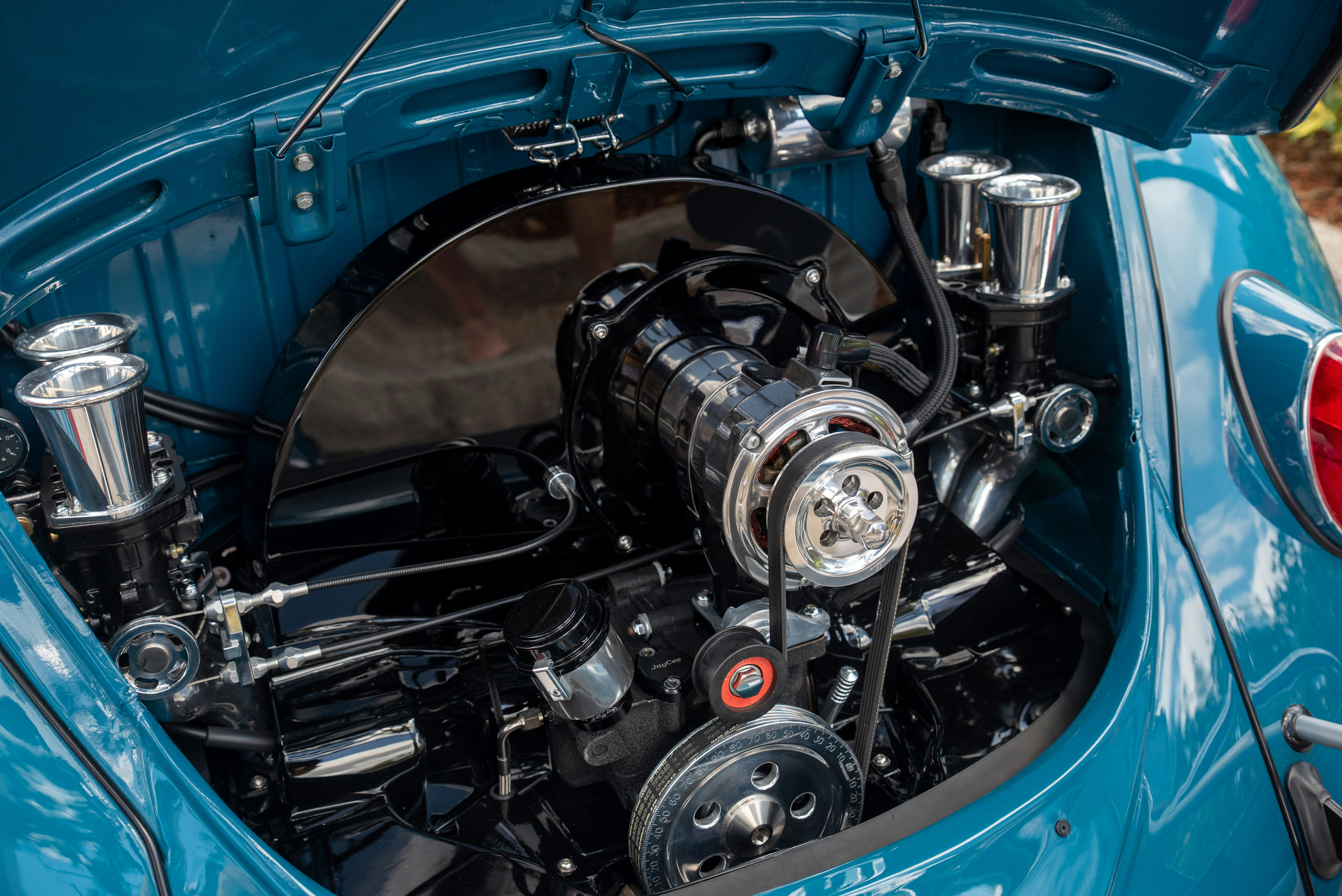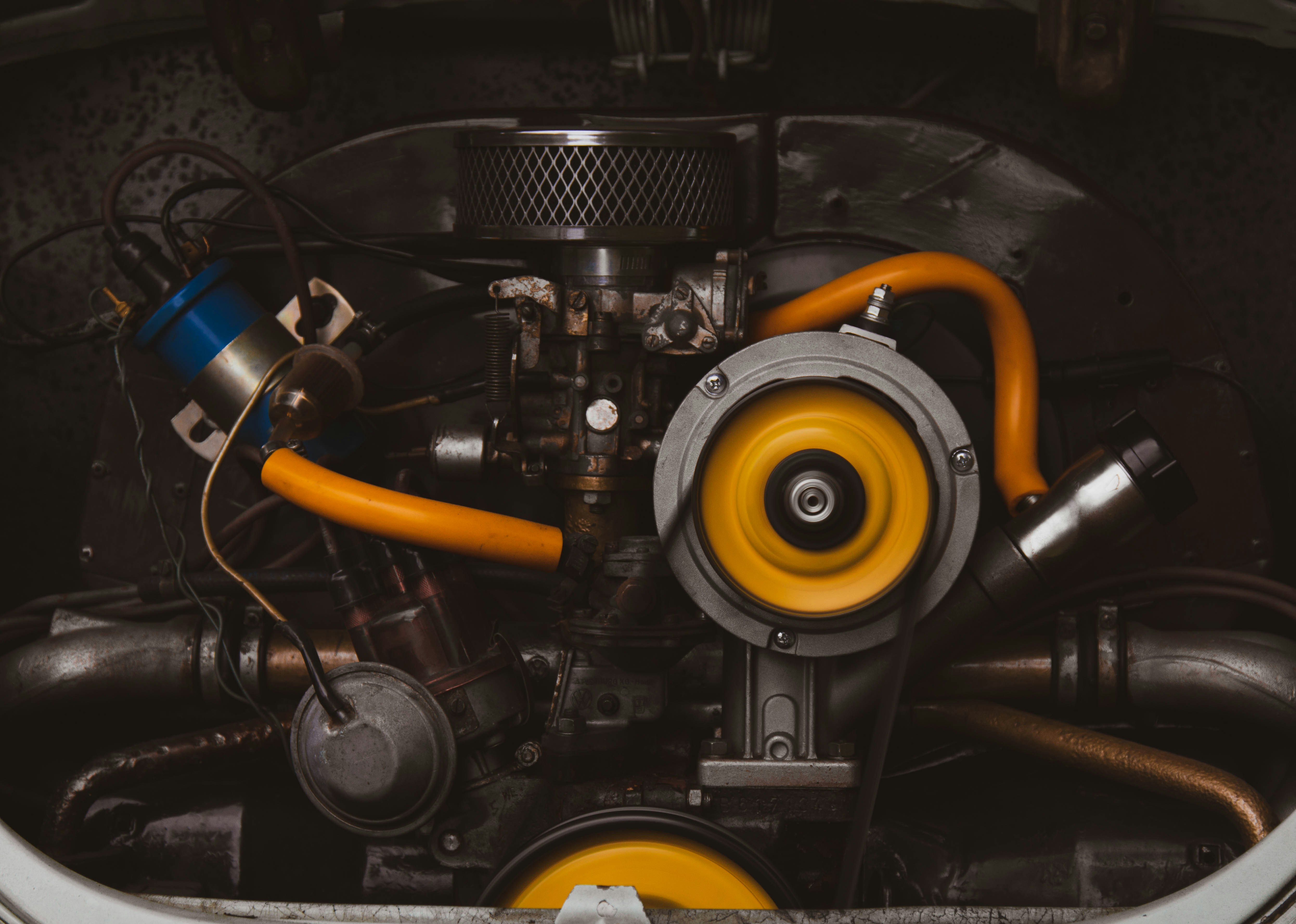Electric Motors in EVs: From Propulsion to Power Steering

Introduction
Electric vehicles (EVs) are no longer a concept of the future—they are the present. One of the key technologies that enable EVs to outperform traditional internal combustion engine (ICE) vehicles is the electric motor. These motors are responsible for more than just driving the wheels; they power many critical vehicle functions including propulsion, power steering, braking, and even climate control.
This article explores the various roles electric motors play in EVs and how they contribute to efficiency, performance, and driver comfort.
1. Propulsion Motor: The Core of Movement
The main motor in an EV is the propulsion motor , converting electrical energy from the battery into mechanical energy. There are several common types:
AC Induction Motors
These are used in models like the Tesla Model S. They are rugged, reliable, and offer good torque-speed characteristics.Permanent Magnet Synchronous Motors (PMSM)
Known for high efficiency and used in many modern EVs. They use strong rare-earth magnets.Brushless DC Motors (BLDC)
Found in lighter EVs and hybrids due to their compact design and efficiency.
Each of these has different characteristics that suit various driving needs and performance goals.
2. Power Steering: Smooth and Efficient
EVs typically use Electric Power Steering (EPS) systems instead of traditional hydraulic ones. EPS uses an electric motor to provide steering assistance.
Benefits of EPS:
- Improved fuel economy (no engine-driven pump)
- Adaptive response at different speeds
- Easier integration with ADAS (Advanced Driver Assistance Systems)
The motor receives signals from steering sensors and assists accordingly, making it both responsive and energy-efficient.
3. Regenerative Braking Motors
Another major innovation in EVs is regenerative braking , where the motor operates in reverse during braking to convert kinetic energy back into electrical energy.
- Reduces brake wear
- Improves overall energy efficiency
- Seamless integration with traditional brakes
This dual-role capability of the propulsion motor (driving and braking) is a huge step forward in energy recovery.
4. Climate Control Systems
Modern EVs use electric compressor motors in their air conditioning and heating systems. Unlike ICE vehicles, which use belt-driven compressors, EVs rely on standalone electric units.
- More efficient because they operate only when needed
- Climate pre-conditioning is possible without starting the engine
- Enhances battery performance in extreme temperatures
5. Secondary Functions Powered by Motors
In addition to the systems above, EVs employ small electric motors for:
- Power windows and seats
- Electric wipers
- Automatic mirrors
- Trunk openers and closers
While these may seem minor, collectively they contribute to the full electrification of the vehicle experience.
6. The Rise of Integrated Motor Units (IMUs)
Modern EV platforms often use Integrated Motor Units , which combine:
- Motor
- Inverter
- Transmission
- Cooling system
All in one module, IMUs reduce weight, improve efficiency, and streamline vehicle design.
Conclusion
Electric motors are not only the powerplants of electric vehicles but also the enablers of advanced vehicle systems. From high-torque propulsion to precision steering and energy recovery, motors in EVs are central to the transition to a cleaner, smarter transportation future.
As the technology matures, we can expect even more integration and efficiency—making the humble electric motor one of the most important innovations in automotive history.

